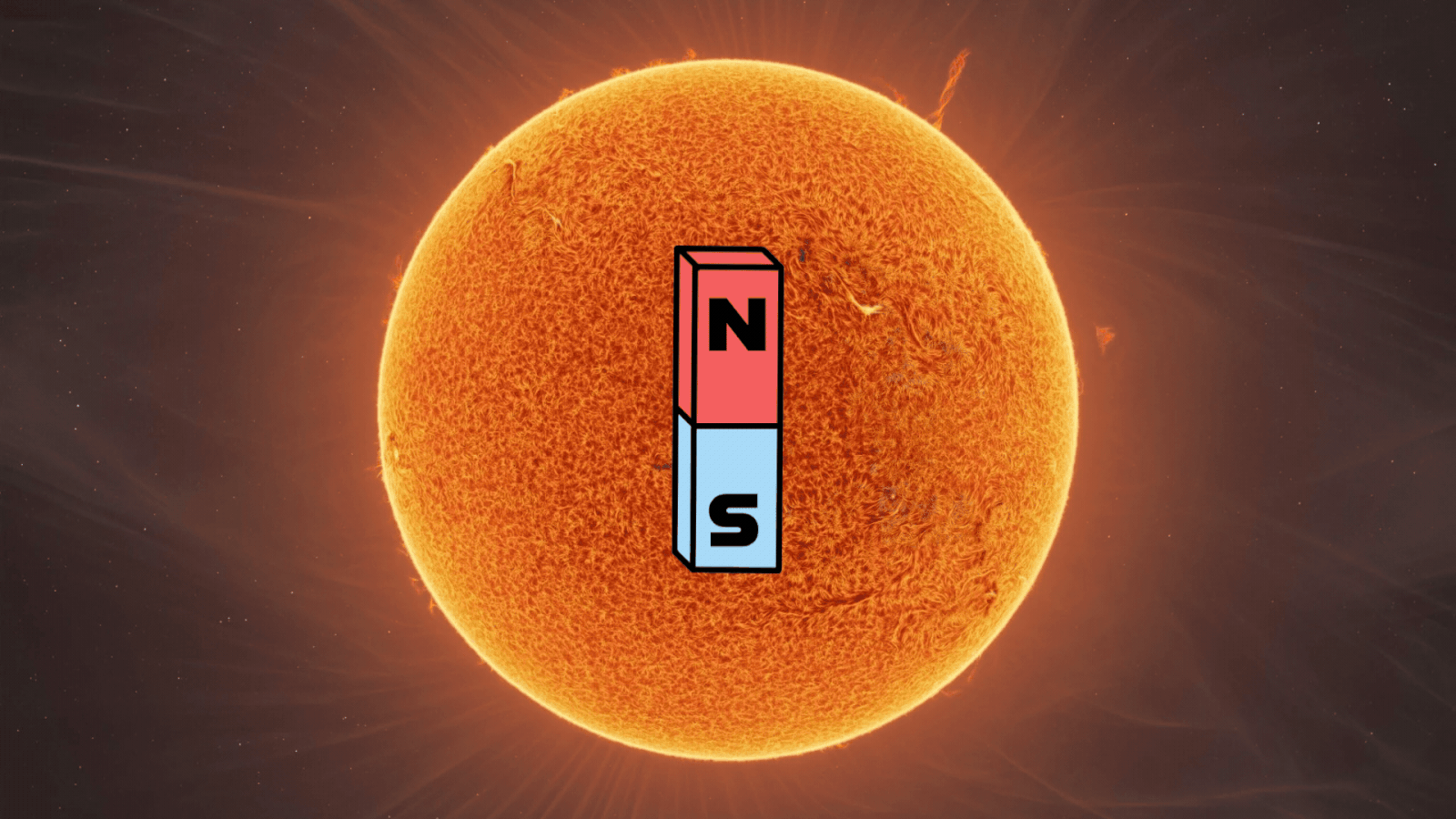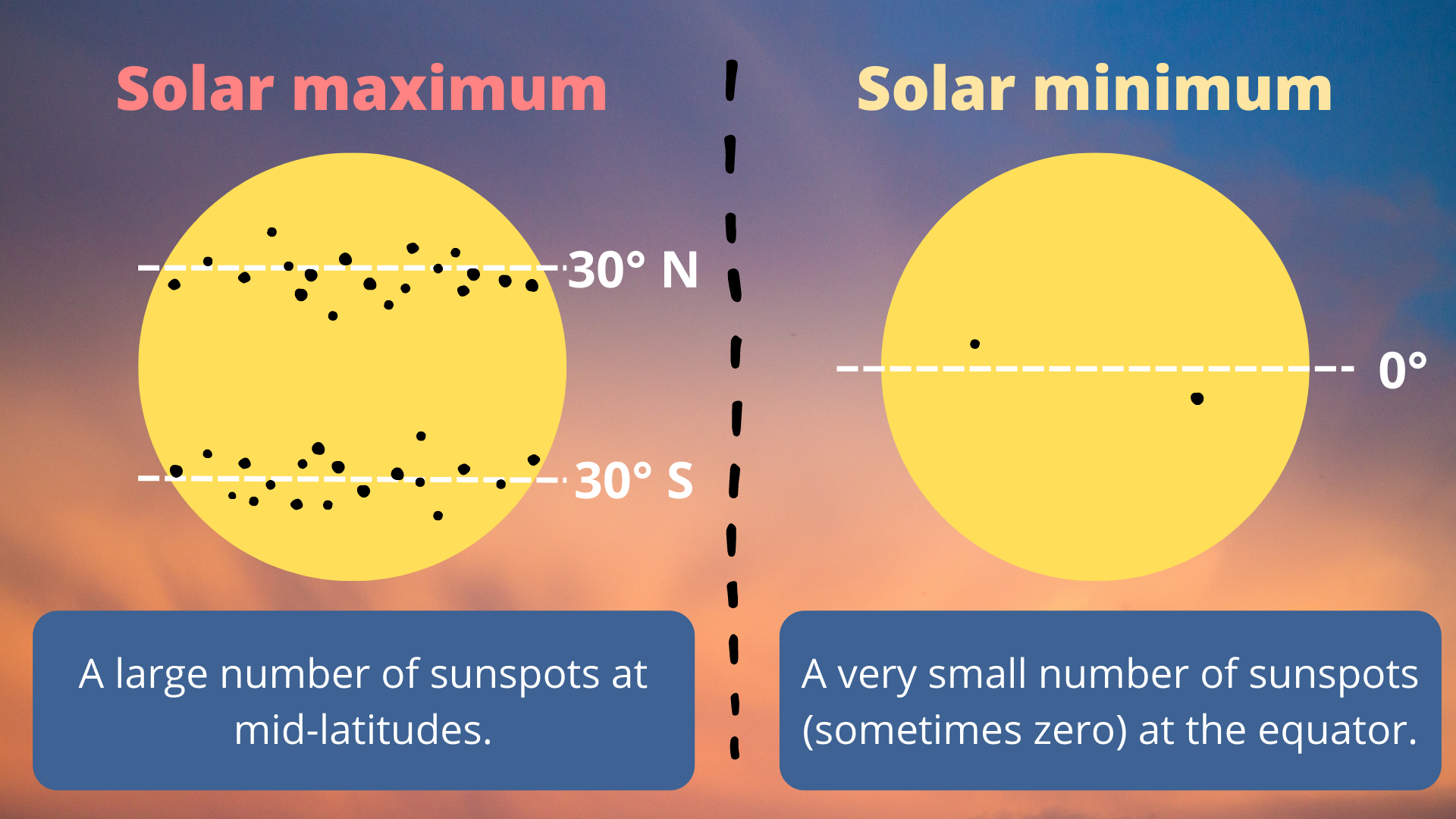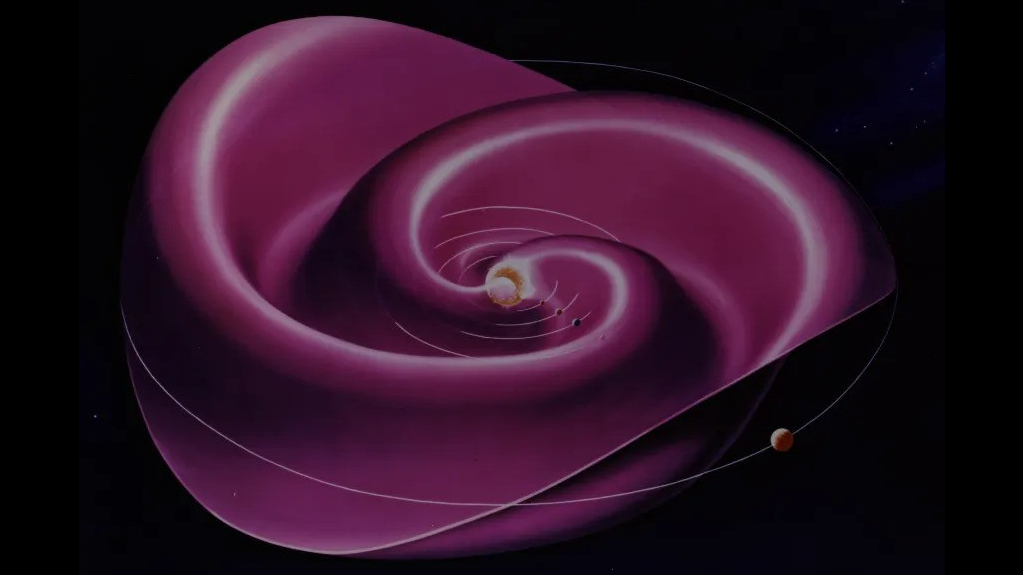
The sun is on the verge of a significant event: a magnetic field reversal.
This phenomenon happens roughly every 11 years and marks an important stage in the solar cycle. The shift in polarity indicates the halfway point of solar maximum, the height of solar activity, and the beginning of the shift toward solar minimum.
The last time the sun's magnetic field flipped was toward the end of 2013. But what causes this switch in polarity, and is it dangerous? Let's take a deep look at the sun's magnetic field reversal and investigate the effects it could have on Earth.
To understand the magnetic field's reversal, first, it's important to be familiar with the solar cycle. This approximately 11-year cycle of solar activity is driven by the sun's magnetic field and is indicated by the frequency and intensity of sunspots visible on the surface. The height of solar activity during a given solar cycle is known as solar maximum, and current estimates predict it will occur between late 2024 and early 2026.
But there is another very important, albeit lesser-known, cycle that encapsulates two 11-year solar cycles. Known as the Hale cycle, this magnetic cycle lasts approximately 22 years, through which the sun's magnetic field reverses and then reverts to its original state, Ryan French, a solar astrophysicist and Space.com contributing writer, told Space.com.
During solar minimum, the sun's magnetic field is close to a dipole, with one north pole and one south pole, similar to Earth's magnetic field. But as we shift toward solar maximum, "the sun's magnetic field becomes more complex, without a clear north-south pole separation," French said. By the time solar maximum passes and solar minimum arrives, the sun has returned to a dipole, albeit with a flipped polarity.
The upcoming switch in polarity will be from the northern to southern magnetic field in the Northern Hemisphere and vice versa in the Southern Hemisphere. "This will bring it to a similar magnetic orientation to Earth, which also has its southern-pointing magnetic field in the Northern Hemisphere," French explained.
What causes the switch in polarity?
The reversal is driven by sunspots, magnetically complex regions of the sun's surface that can spawn significant solar events, such as solar flares and coronal mass ejections (CMEs) — large blasts of plasma and magnetic field.

As sunspots emerge close to the equator, they will have an orientation matching the old magnetic field, while sunspots forming closer to the poles will have a magnetic field matching the incoming magnetic orientation, French said. This is called Hale's law.
"The magnetic field from active regions makes its way toward the poles and eventually causes the reversal," solar physicist Todd Hoeksema, director of the Wilcox Solar Observatory at Stanford University, previously told Space.com.
But the exact underlying cause of such a flip in polarity remains mysterious. "That gets into the whole [solar] cycle, and wondering what that is," Stanford University solar physicist Phil Scherrer previously told Space.com. "We still don't have a really self-consistent mathematical description of what's happening. And until you can model it, you don't really understand it — it's hard to really understand it."
It really depends on where the magnetic field comes from. "Are there going to be many sunspots? And are the sunspots going to contribute to the magnetic field of the pole, or are they going to kind of cancel locally?" Hoeksema said. "That question we don't yet know how to answer."
How quickly does the switch occur?
What we do know is that the solar magnetic field flip is not instantaneous. It's a gradual transition from a dipole to a complex magnetic field, to a reversed dipole over the entire 11-year solar cycle. "In short, there is no specific 'moment' in which the sun's poles flip," French said. "It's not like the Earth, where the flip is measured by the migration of the North/South pole."
It generally takes a year or two for a complete reversal, but it can vary significantly. For example, the north polar field of Solar Cycle 24, which ended in December 2019, took nearly five years to reverse, according to the National Solar Observatory.
The magnetic field flip is so gradual, you won't even notice when it happens. And no, however dramatic it might sound, it is not the sign of an impending apocalypse. "The world will not end tomorrow," Scherrer previously told Space.com.
However, we will experience some of the polarity flip's side effects.
How does the sun's magnetic flip affect us?

There is no doubt that the sun has been incredibly active recently, firing out numerous powerful solar flares and CMEs, triggering strong geomagnetic storms on Earth, which, in turn, have produced some incredible auroral displays of late.
However, the increased severity of space weather is not the direct cause of the flip in polarity. Rather, these things tend to occur together, Hoeksema told Space.com in 2013.
Space weather is typically the strongest during solar maximum, when the sun's magnetic field is also the most complex, according to French.
One side effect of the magnetic field shift is slight but primarily beneficial: It can help shield Earth from galactic cosmic rays — high-energy subatomic particles that travel at near light speed and can damage spacecraft and harm orbiting astronauts who are outside Earth's protective atmosphere.
As the sun's magnetic field shifts, the "current sheet" — a sprawling surface that radiates billions of miles outward from the sun's equator — becomes very wavy, providing a better barrier against cosmic rays.
Predicting future solar cycle strengths
Scientists will be keeping a watchful eye on the sun's magnetic field reversal and seeing how long it takes for it to bounce back into a dipole configuration. If that happens within the next couple of years, the next 11-year cycle will be relatively active, but if the buildup is slow, the cycle will be relatively weak, like the previous Solar Cycle 24.
Originally posted on Space.com.







